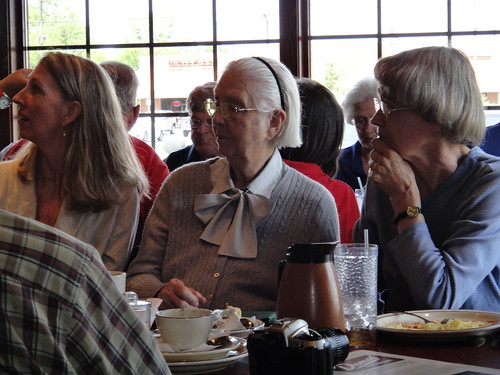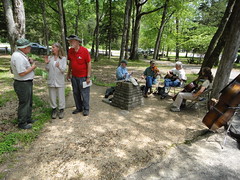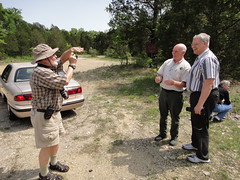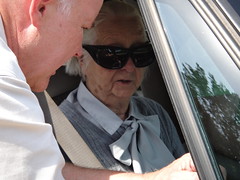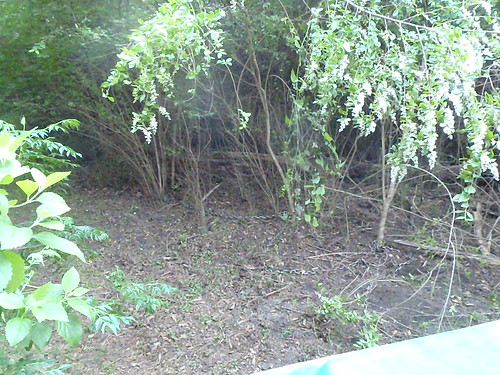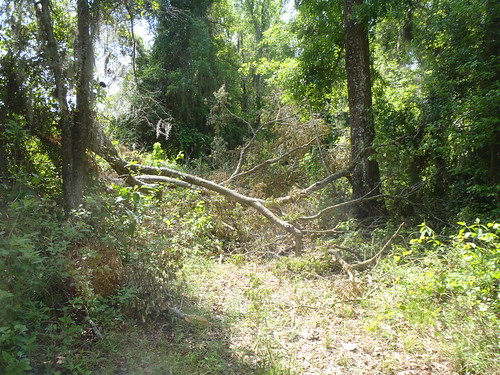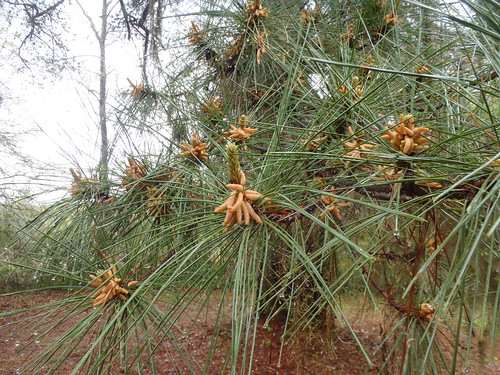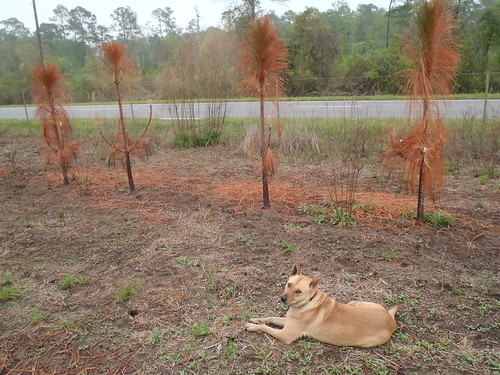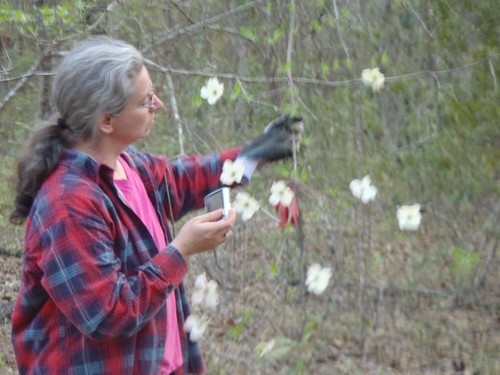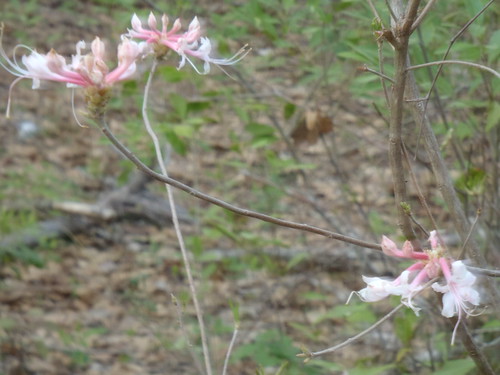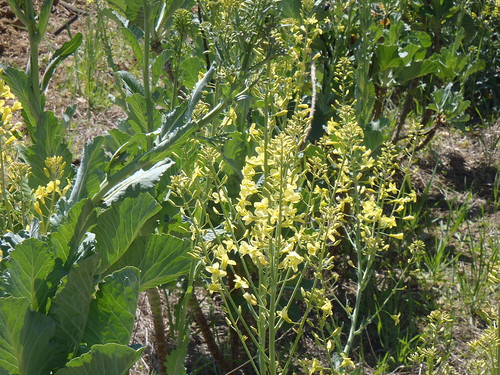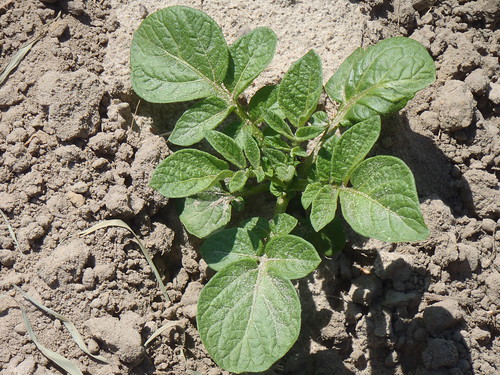His personal goal:Conventional farmers use chemical fertilizers made from fossil fuels. Then they mess with the dirt to make the plants grow. They do this because they’ve stripped the soil from all nutrients from growing the same crop over and over again. Next more harmful chemicals are sprayed on fruits and vegetables. Like pesticides and herbicides to kill weeds and bugs. When it rains, these chemicals seep into the ground, or rise into our waterways, poisoning our water, too.
A while back, I wanted to be an NFL footall player.He’s got a turn of phrase:
I decided I’d rather be an organic farmer instead.
[applause]
That way I can have a greater impact on the world.
We can either pay the farmer, or we can pay the hospital.
-jsq
